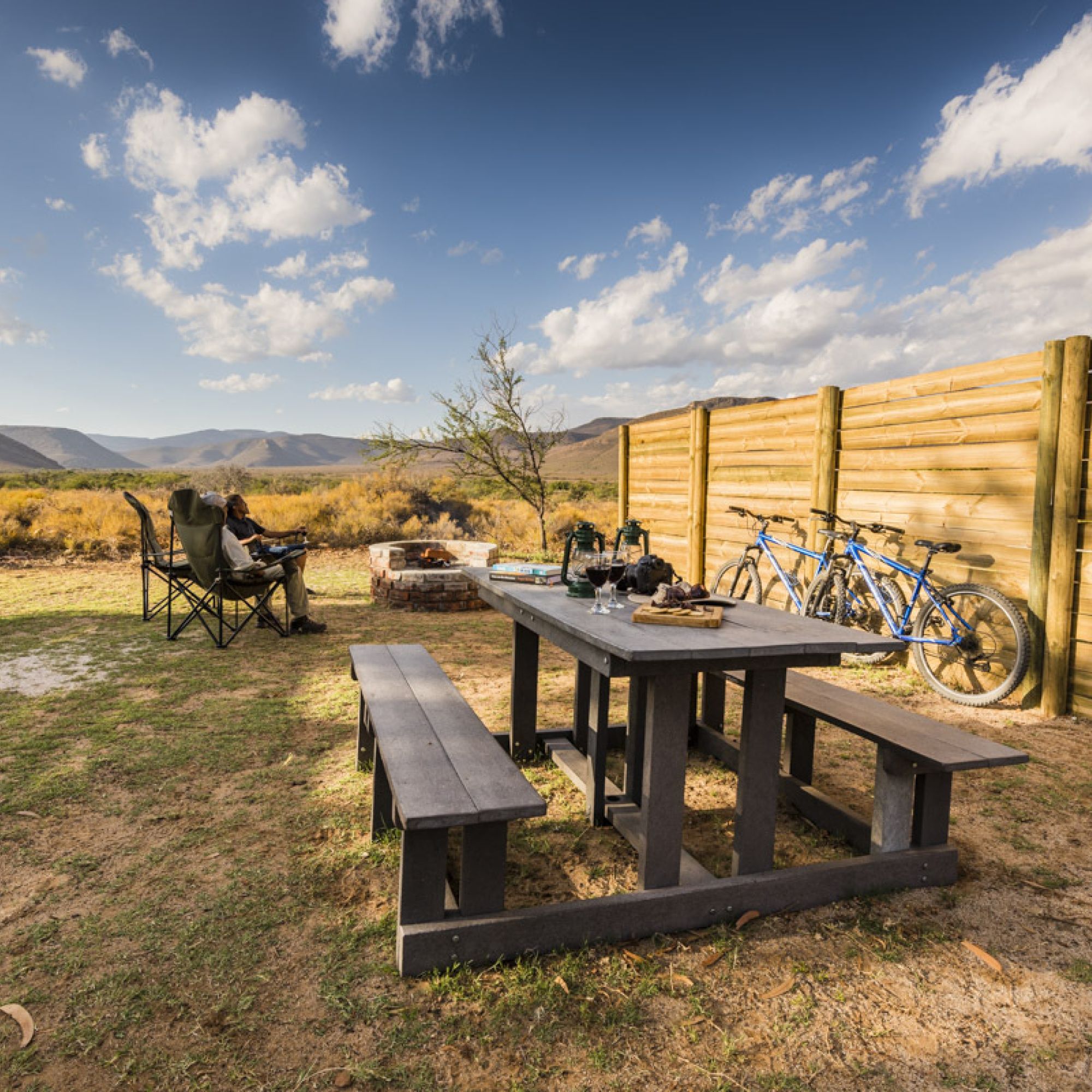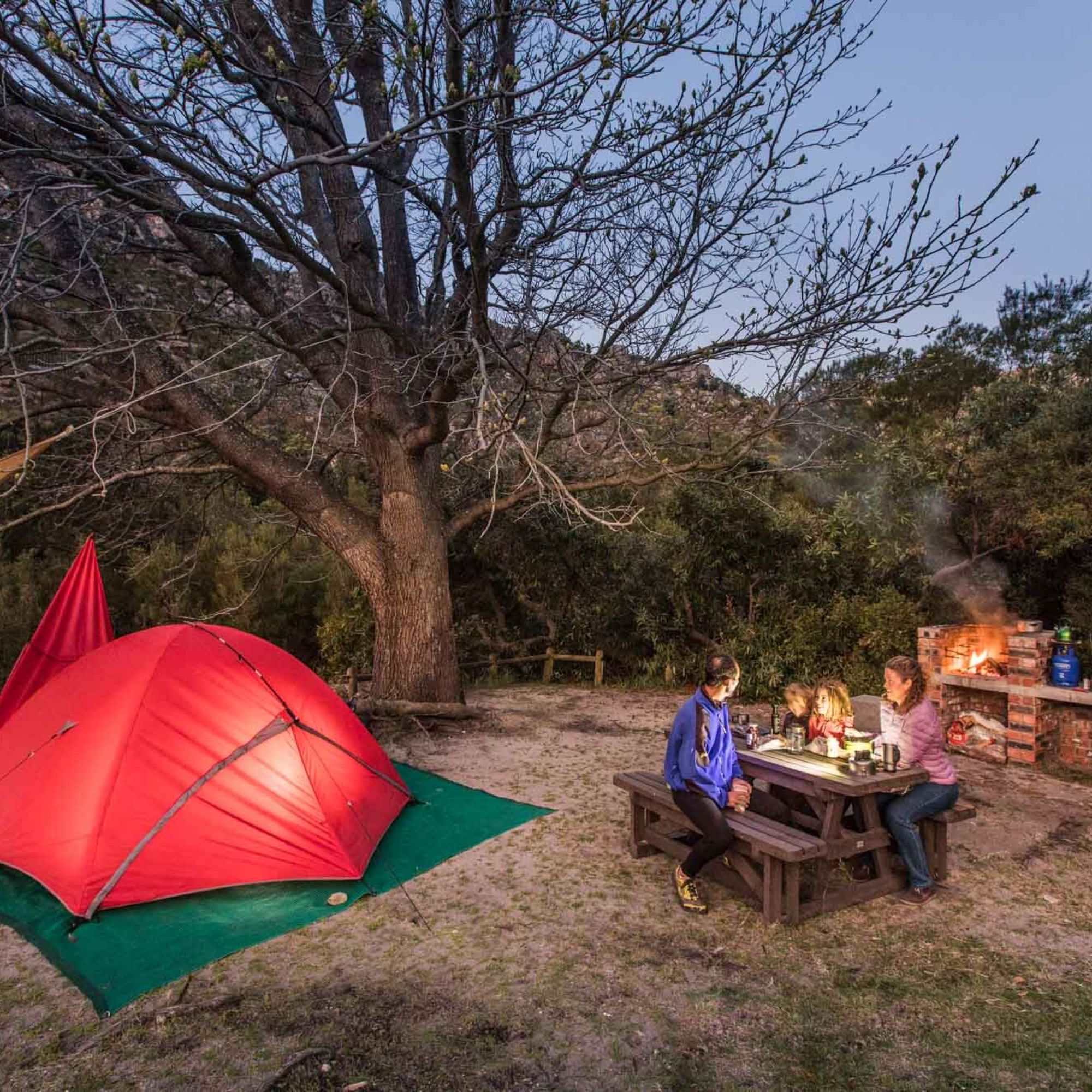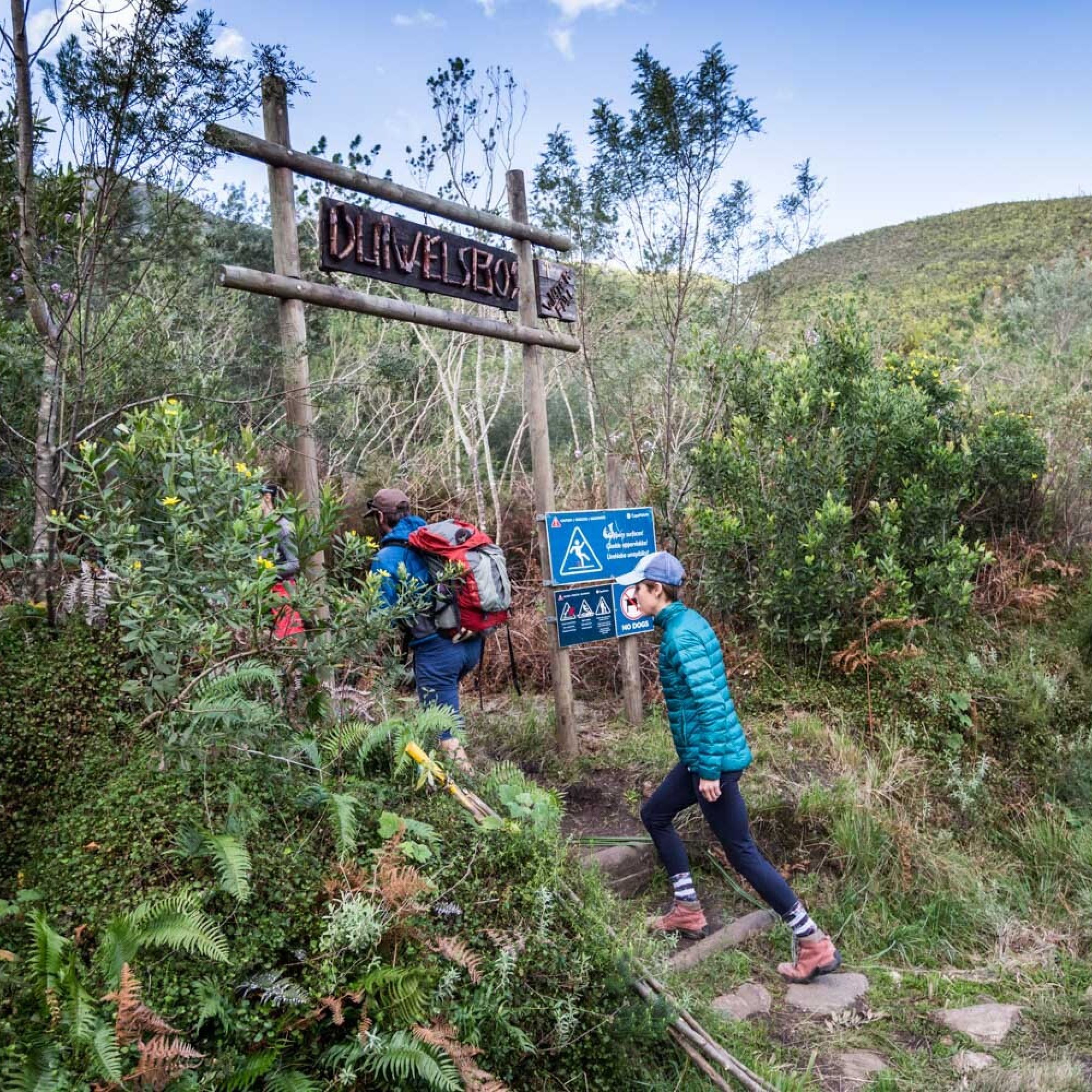
More Gems to Explore for Your #CapeNaturewinter Getaway!
Over the last few weeks, we’ve been telling you about our 40% winter discount and some of the amazing nature reserves to spend your perfect winter holiday. Yet did you know that CapeNature has more than 20 different reserve destinations to visit? These are our top picks to consider when planning your winter getaway in 2022.
Keurbooms Nature Reserve is located within the Garden Route, just outside Plettenberg Bay. It is a sanctuary for bird life such as the giant kingfisher, Knysna loerie, and fish eagle, and is home to various indigenous tree species including the Cape beech, stinkwood, and Outeniqua yellowwood. Keurbooms is the only CapeNature reserve that doesn’t allow immediate access to visitor accommodation. Upon arriving you will have the unique opportunity of taking a 4-hour canoe paddle along the Keurbooms River, encountering rapids and a multitude of wildlife before reaching the Whiskey Creek Cabin. Equipped with an open-air kitchen, expansive deck with a braai area, and a timber walkway down to the river, the cabin sleeps 10 guests and is built for comfort.

Keurbooms Nature Reserve
Situated in the Klein Karoo, Anysberg Nature Reserve encompasses 79 629 hectares of plains amongst the majestic Cape Fold Mountains. This isolated and untamed wilderness is teaming with wildlife such as the Cape Mountain zebra, numerous antelope species, the black-backed jackal, caracal, riverine rabbit, brown hyena, and even leopards. The reserve is completely remote, making for a great winter holiday to escape city life’s hustle and bustle. Visitors can thrive in the reserve’s silence and natural beauty from one of five campsites, equipped with a communal kitchen and ablution facilities.

Anysberg Nature Reserve
Limietberg Nature Reserve is a lesser-known CapeNature reserve, tucked away in the Du Toitskloof Mountains near Paarl. Some 102 000 hectares of fynbos-covered mountain slopes, challenging cliffs, and indigenous river valleys make up the reserve. Activities include several beautiful hikes through steep kloofs and deep valleys, angling, swimming, rock paintings, and picnicking. Yet Limietberg is most popular for its pristine and secluded Tweede Tol campsite. Visitors have the option of communal or private campsites and may even bring their caravans along. This hidden gem is well worth a visit during the winter months as of its isolation and beautiful mountain views.

Limietberg Nature Reserve
Hidden in the Swellendam Mountains and famous for its various hiking trails, Marloth Nature Reserve is a must-visit for all nature lovers exploring the Western Cape. Each hiking trail on the reserve contains its own unique set of scenery and hiking challenges, making for an exciting adventure. There are 4 different day hikes to enjoy along with the famous multi-day Swellendam hike. In fact, the Swellendam hike is rated as one of South Africa’s top ten hikes. After an exciting day of exploring, visitors can rest their worked legs and warm up at one of the cottages. Each cottage is kitted with electricity, fully equipped kitchens, braai areas, and fireplaces to keep you warm this winter.

Marloth Nature Reserve
Don’t forget to book now and receive a 40% winter discount on all self-catering cottages and campsites with CapeNature this 2022.




